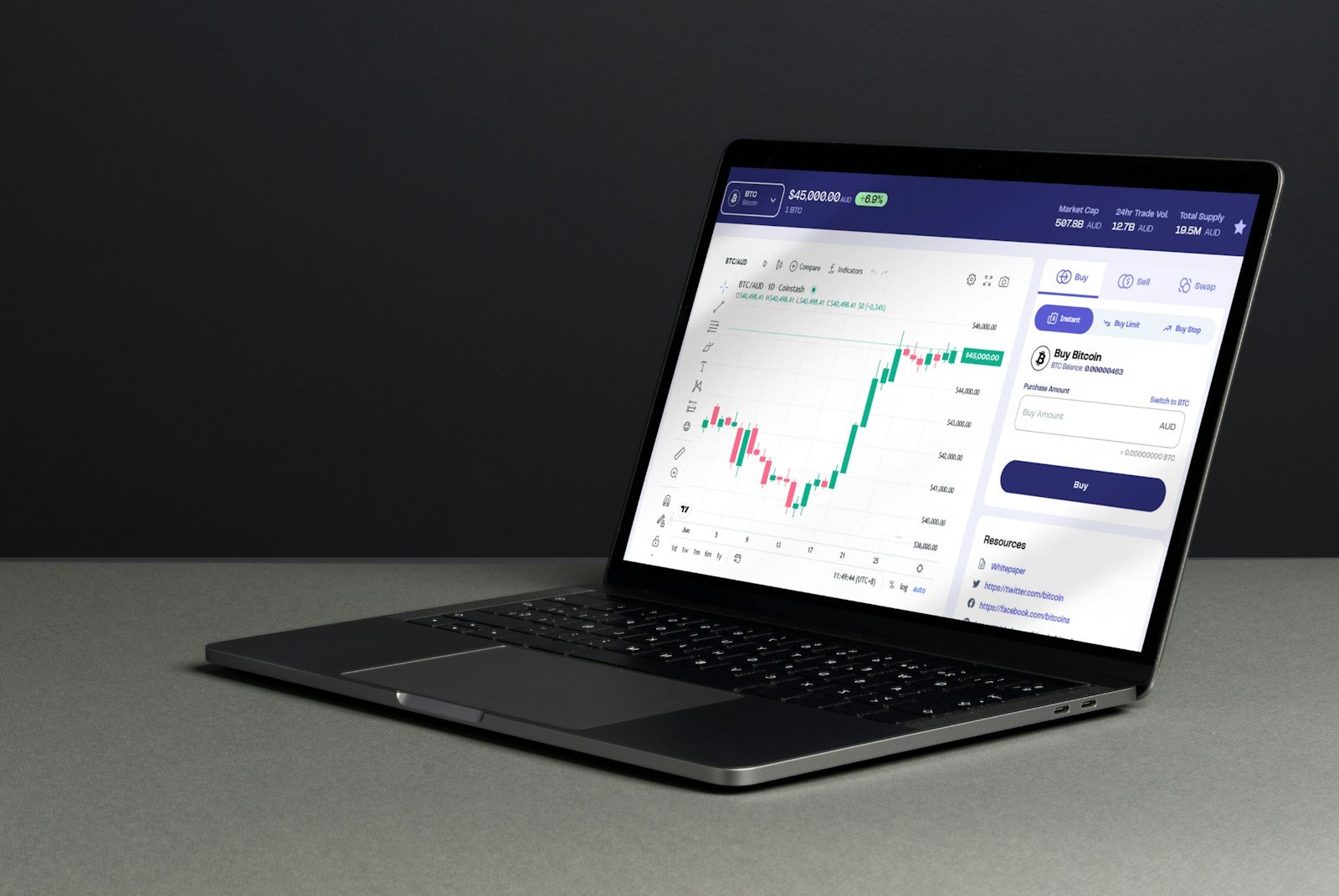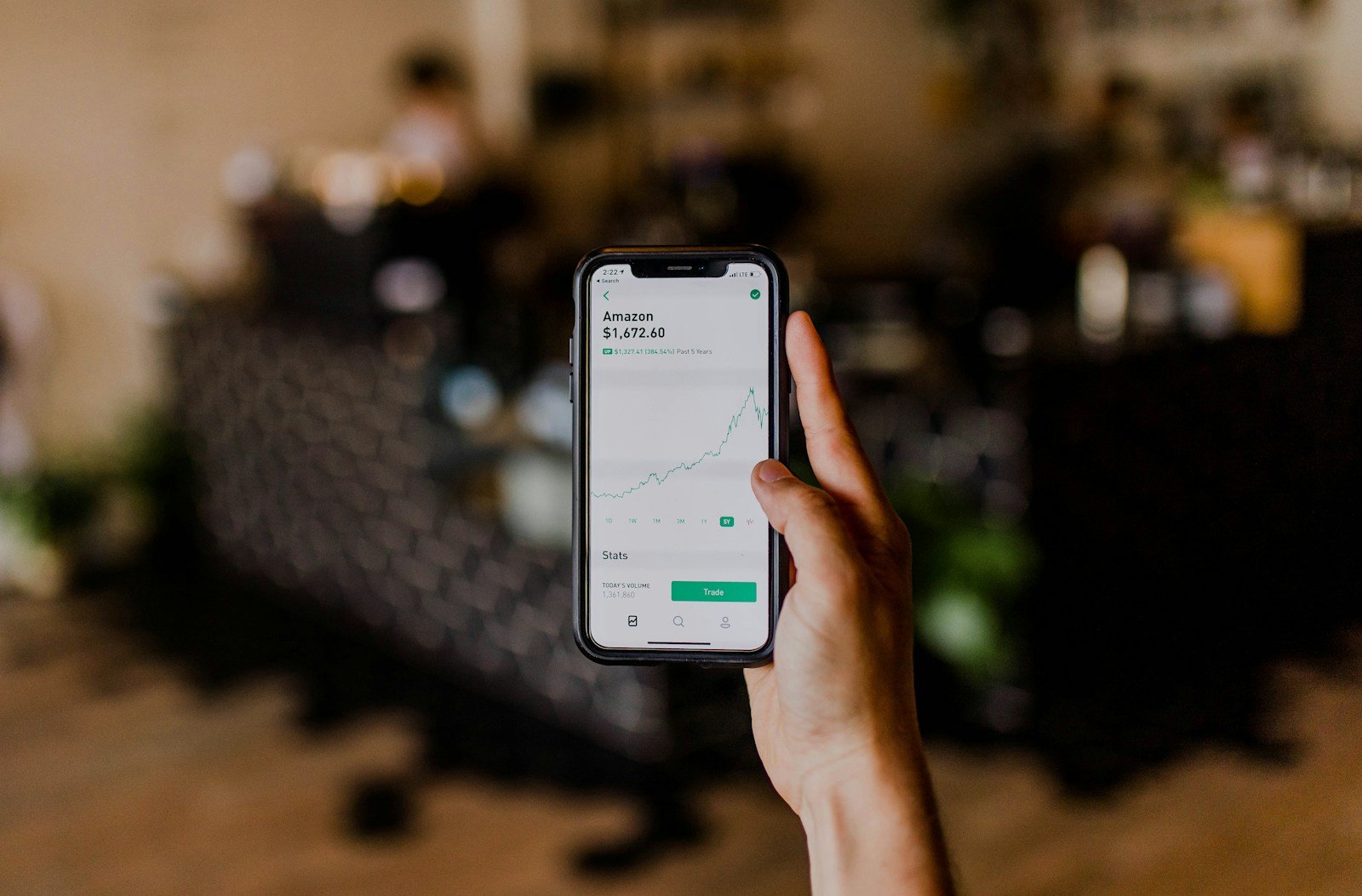Resources
Futures Trading Hours & Best Indicators: A Complete Guide for 24-Hour Traders

Futures trading offers access to global markets nearly 24 hours a day, five days a week. Understanding futures trading hours is critical for traders looking to time their entries, use the right indicators, and manage risks across multiple sessions. With the rise of mobile platforms and automated tools, it is now easier to trade futures to manage risk or speculate, trade overnight sessions, monitor trend shifts, and execute orders with precision—even outside regular U.S. hours.
To start trading futures, you will need to open a brokerage account and apply for futures trading privileges. Monitoring trading activity, such as real-time price movements and volume, is essential for making informed decisions in futures trading.
This guide explores key market sessions, how platforms like Schwab and Thinkorswim structure their access, and which trading indicators and strategies perform best in extended-hours environments.
Futures Contract Trading Hours: The Essentials
Futures markets operate with extended access to accommodate global participation. Most exchanges open Sunday evening and remain active until Friday afternoon, with daily maintenance breaks in between. Each futures contract has a specific contract size, which defines the fixed quantity of the underlying asset traded, such as 1,000 barrels of crude oil or 100 ounces of gold.
| Asset/Class | Opening Time (ET) | Closing Time (ET) | Daily Breaks | Platform Access |
| Equity Index Futures | Sun 6:00 PM | Fri 5:00 PM | 5:00–6:00 PM daily | Schwab, Thinkorswim |
| Commodity Futures | Sun 6:00 PM | Fri 5:00 PM | 60-minute daily break | Schwab, NinjaTrader |
| Crypto Futures | 24/7 access | 24/7 access | None (perpetual) | Bitunix, Deribit, OKX |
| Interest Rate Futures | Sun 6:00 PM | Fri 5:00 PM | 5:00–6:00 PM daily | TradeStation, Schwab |
Each futures contract also has an expiry date, which marks the last trading day for that contract and determines when final settlement occurs. Futures contracts are settled daily based on the trading day’s closing prices, impacting margin requirements and profit or loss calculations for that session.
Futures exchanges provide the standardized environment for trading these contracts, ensuring transparency, liquidity, and consistent contract specifications.
Tip: Always verify product-specific schedules before trading, especially during holidays and platform maintenance.
Futures Trading Hours Schwab and Today
Schwab offers 24/5 access to futures, with platform support starting Sunday at 6:00 PM ET and ending Friday at 5:00 PM ET. Most major contracts like the E-mini S&P 500 and gold futures follow this schedule, with a one-hour maintenance break daily.
To trade on Schwab, traders need to open a futures account, which is subject to specific margin requirements. Opening a position requires an initial margin, which acts as a security deposit to manage risk and maintain leveraged positions.
To view futures trading hours today, traders can:
- Check Schwab’s official product schedule page
- Use Thinkorswim’s trading dashboard with real-time session timers
- Set alerts for session opens and closes using their trading platform or broker app
Crypto-focused platforms such as Bitunix operate outside this model, offering continuous access to perpetual contracts, including BTC/USDT and ETH/USDT, with no daily break windows.
Indicators for Smart Futures Trading (Thinkorswim & UT Bot)
Timing alone is not enough—knowing which indicators to apply during various sessions is key to trading success. Selecting indicators should align with your risk tolerance and overall trading strategy, ensuring your approach fits your financial objectives and appetite for risk. Here are the most used futures trading indicators on Thinkorswim and other platforms:
- Moving Averages (MA/EMA) – trend-following indicators best used during stable market phases
- Relative Strength Index (RSI) – identifies overbought/oversold conditions, useful in choppy or reversal periods
- MACD – momentum and crossover signal generator, ideal for confirming entries
- Bollinger Bands – volatility-based envelopes, helpful for range-bound or breakout conditions
- ATR Stop Loss – calculates stop-loss levels based on the Average True Range (used during high volatility and significant price swings, helping traders spot and react to major market movements)
UT Bot indicators have also grown in popularity. They generate automated trading signals based on real-time data, combining volume, volatility, and trend components. These can be integrated via TradingView bots or through native platform tools.
| Indicator | Signal Type | Platform Compatibility | Example Use |
| RSI | Momentum | Thinkorswim, Bitunix, NinjaTrader | Spotting reversals in overnight trading |
| MACD | Trend confirmation | Thinkorswim, Webull | Momentum continuation entries |
| UT Bot | Automated alerts | TradingView bots, Bitunix | Entry/exit signals during low volume |
| ATR Stop Loss | Volatility-based SL | Thinkorswim, Bitunix | Managing risk in leveraged trades |
When using these indicators, understanding tick value is important for calculating potential profits or losses from small price movements in futures contracts.
Bitunix integrates real-time multi-indicator dashboards, including RSI, EMA, and UT Bot signals—making it suitable for traders managing crypto futures across global sessions.
Best Practices: Trading 24-Hour Equity Index Futures Markets
Trading during off-peak hours presents both opportunity and risk. Here are best practices to improve execution:
- Use alerts for session openings, economic reports, or price levels to reduce screen time
- Trade lower position sizes during overnight trading to compensate for low liquidity
- Assess market risk before entering trades during off-peak hours, as price fluctuations and volatility can be higher
- Apply automated trading signals or conditional orders for consistent execution
- Use volatility indicators like ATR to adapt stop-loss and take-profit targets
- Monitor trading volume and open interest to confirm trend strength
When determining position sizing or executing orders, always understand your futures position—whether you are long or short—and how it relates to your overall risk exposure. Remember, a performance bond (similar to margin) is required to guarantee the fulfillment of futures contracts and acts as a safeguard against default.
Platform compatibility plays a big role here. For example:
- Thinkorswim supports pre-market and extended hours alerts with customizable scripts
- Bitunix offers real-time alerts, built-in UT Bot signals, and cross-platform access (web, mobile, desktop)
Bitunix in Comparison: 24/7 Access + Advanced Tools
When compared against traditional platforms like Schwab and Thinkorswim, Bitunix offers distinct advantages for crypto-focused traders operating globally:
- Access to a wide range of crypto futures contracts
- Futures trading hour coverage: 24/7 access without daily break windows
- Integrated tradingview bots with UT Bot compatibility
- Custom alert settings with automated execution triggers
- Real-time indicator panel with MA, RSI, MACD, ATR, and Bollinger Bands
- Flexible leverage control and advanced position sizing options
When using leverage and determining position sizing, traders should be aware of the notional value of their positions, as it represents the total worth of the underlying asset controlled in a trade. Monitoring notional value is essential for effective risk management and trading strategies.
For traders who rely on technical signals and need uninterrupted access, Bitunix delivers a globally accessible interface with full feature parity across devices.
Frequently Asked Questions
What are standard futures trading hours by exchange?
Most U.S. futures (CME, ICE) trade nearly 24/5, from Sunday 6:00 PM ET to Friday 5:00 PM ET, with daily breaks.
What’s the difference between pre-market and overnight trading?
Pre-market refers to trading before the U.S. open (typically 4:00–9:30 AM ET), while overnight trading covers non-U.S. sessions from the previous close onward.
Can you automate signals/alerts for futures trading today?
Yes. Platforms like Thinkorswim and Bitunix support alerts and automated trading signals through in-platform tools or API integrations.
How do UT Bot indicators help during volatile sessions?
UT Bot indicators blend trend and volatility logic to provide real-time alerts, making them especially helpful during fast-moving, low-volume periods such as early Asia or post-US close.
What is an expiration date in futures trading and why is it important?
The expiration date is the last day a futures contract is valid. On this date, the contract must be settled, either by closing the position, rolling it over to a new contract, or proceeding to settlement. The expiration date determines when traders must decide how to manage their positions and whether they will settle through cash settlement or physical delivery.
What is the difference between cash settlement and physical delivery in futures contracts?
Cash settlement means the contract is settled by paying or receiving the difference in value between the contract price and the market price at expiration, with no exchange of the actual underlying asset. Physical delivery requires the actual commodity (like oil, gold, or wheat) to be delivered or received at expiration. Most financial and stock index futures use cash settlement, while some commodity futures may require physical delivery.
Conclusion
Futures markets never sleep—and neither should your strategy. Understanding futures trading hours, the differences between platforms like Schwab and Bitunix, and selecting the right indicators is essential for success in today’s global markets.
From pre-market activity to overnight crypto trading, tools like RSI, UT Bot, and ATR help traders navigate volatility and reduce risk. Whether you’re using futures trading indicators Thinkorswim provides or tapping into Bitunix’s automated ecosystem, 24-hour access and smart tools are no longer optional—they’re the new standard.
For traders seeking platform compatibility, flexible hours, and real-time signals, exploring solutions like Bitunix can enhance both strategy execution and overall market awarenes

-

 Resources4 years ago
Resources4 years agoWhy Companies Must Adopt Digital Documents
-

 Resources3 years ago
Resources3 years agoA Guide to Pickleball: The Latest, Greatest Sport You Might Not Know, But Should!
-

 Resources3 months ago
Resources3 months agoTOP 154 Niche Sites to Submit a Guest Post for Free in 2025
-

 Resources4 months ago
Resources4 months ago50 Best AI Free Tools in 2025 (Tried & Tested)
